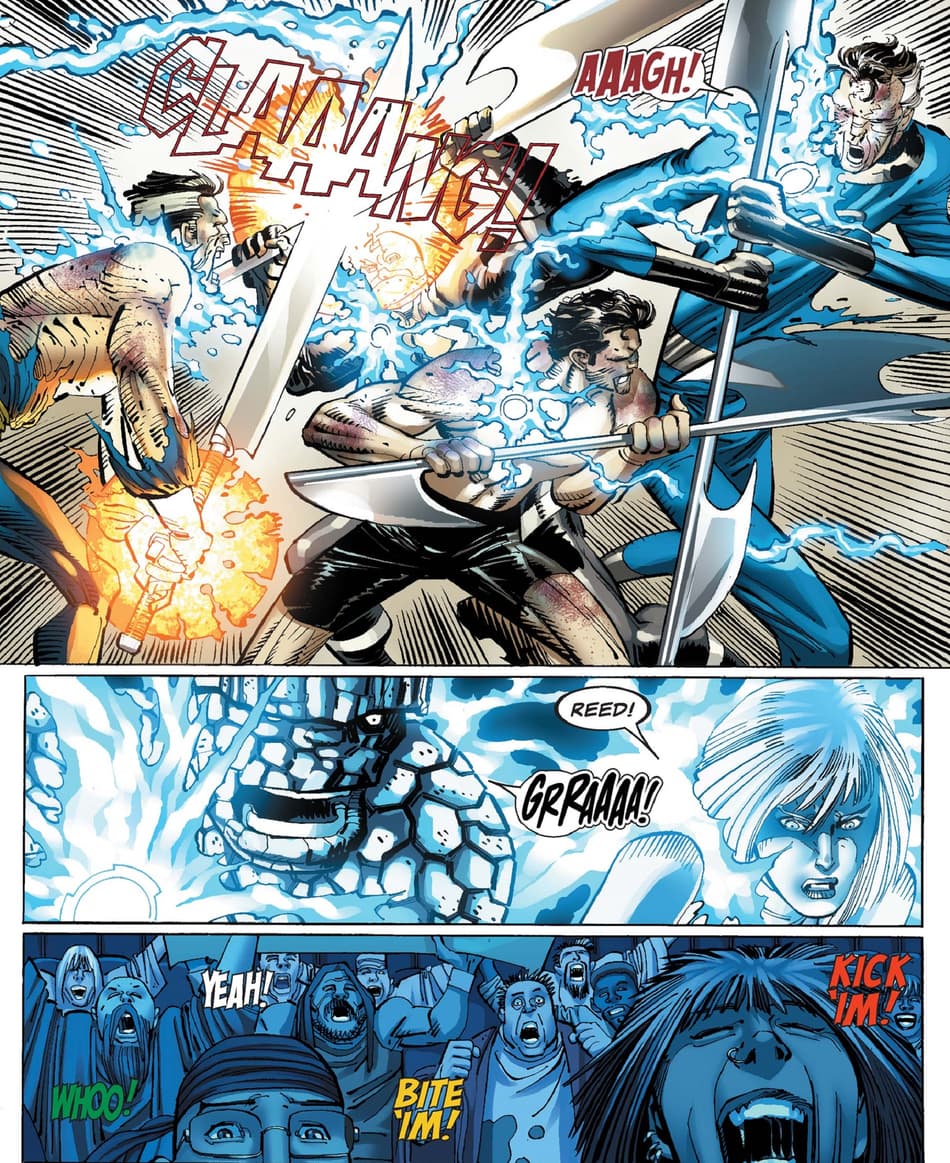The Best Guide to Understanding How to Become a Freemason Quickly
The Best Guide to Understanding How to Become a Freemason Quickly
Blog Article
Checking Out the Mysteries of the copyright: What You Need to Know
The copyright, a term often shrouded in intrigue and debate, stands for a complex tapestry of historic fact and contemporary misconception. Developed in the late 18th century, this secret culture was initially rooted in the Enlightenment's ideals yet has actually considering that become identified with conspiracy theory theories regarding elite control. As we navigate the origins, essential figures, and the plain contrast in between misconception and reality, one need to consider just how these stories affect modern understandings of power and secrecy. What could be exposed through a closer evaluation of these aspects might challenge long-held assumptions concerning the darkness that stick around in our culture.
Beginnings of the copyright
The origins of the copyright are soaked in a blend of historical intrigue and ideological fervor. Established in 1776 in Ingolstadt, Bavaria, by Adam Weishaupt, the team was originally created as a secret society aimed at promoting Knowledge perfects such as reason, secularism, and the separation of church and state. Weishaupt, a teacher of canon regulation, looked for to challenge the prevailing authority of the church and state, which he deemed oppressive organizations suppressing intellectual and individual flexibility.

Secret Numbers and Participants
Who were the crucial numbers that shaped the copyright's early impact and direction? The Bavarian copyright, founded in 1776 by Adam Weishaupt, emerged as an action to the overbearing social frameworks of the time.
Another significant figure was Johann Gottlieb Fichte, a popular thinker whose concepts on nationalism and education reverberated with the copyright's objectives. Fichte was not a formal participant, his thoughtful underpinnings affected the group's belief. In addition, numbers like the author and philosopher Johann Wolfgang von Goethe were connected with the more comprehensive intellectual movements of the moment, although their straight participation with the copyright continues to be questioned.
These key figures added to the copyright's early instructions, pressing the boundaries of political and social thought, while their cumulative initiatives intended to challenge well established norms and foster an environment of dynamic change in Europe.
Myths vs. Fact
Several misconceptions surround the copyright, usually blending fact with fiction in such a way that covers its true nature. This secret society, originally established in 1776 in Bavaria, intended to promote Enlightenment ideals and fight religious and political injustice. The concept that the copyright remains to put in significant influence over globe occasions is a misconception. While the group did exist, it was dissolved in the late 18th century and has not operated as a natural entity because then.
An additional common misconception is that the copyright comprises a network of elite people manipulating worldwide events. In truth, many conspiracy theory theories overemphasize the team's importance, connecting unfounded motives to social fads and occasions. This has actually resulted in an oversimplified view of complicated concerns.
Furthermore, the portrayal of the copyright in prominent society commonly more distorts its tradition. Films and literature have a tendency to sensationalize the company's function, producing a narrative that splits from historic realities. Comprehending the difference between the myths and the fact of the copyright is crucial for critical the real impact of this historical group and recognizing the wider implications of conspiracy theory concepts in modern discover here culture.
Modern Analyses
Contemporary interpretations of the copyright frequently reflect broader social anxieties and a fascination with privacy and power. This modern-day lens regularly associates the copyright with conspiracy theories that suggest a covert elite manages world events, controling federal governments and economies for their own gain. benefit of joining freemason. Such narratives use a deep-rooted distrust of authority, specifically in times of situation or social upheaval
In prominent society, the copyright is typically portrayed as an omnipotent organization shrouded in mystery, bring about a wide variety of fictional portrayals in literary works, movie, and music. This portrayal offers not just to delight but likewise to provoke thought of the nature of power and control in modern culture. Social network has further enhanced these interpretations, enabling quick dissemination of conspiracy theory concepts and creating communities that share and expand upon these ideas.
Additionally, some contemporary analyses frame the copyright as a metaphor for the intricacies of globalization and the interconnectedness of prominent people and companies. This point of view urges a critical assessment of exactly how power characteristics run in today's world, highlighting the equilibrium between openness and secrecy in governance and company methods.
Cultural Impact and Legacy
Influenced by centuries of intrigue, the cultural impact and heritage of the copyright expand much past its historic beginnings. This secret society, developed in the late 18th century, has penetrated different aspects of preferred society, from literary works and film to songs and art. The principle of the copyright has developed right into a sign of conspiracy theory concepts, commonly standing for a regarded covert power manipulating worldwide events.
In literary works, writers like Dan Brown have woven the copyright into intricate stories, useful reference exciting readers with styles of privacy and power. Films such as "National Prize" and "The Da Vinci Code" additionally continue the appeal of the culture, mixing reality with fiction to produce interesting narratives.

Eventually, the copyright's tradition is an intricate tapestry of misconception and fact, shaping understandings of secrecy and control in modern discussion. Its long-lasting presence in culture highlights humankind's seasonal mission for recognizing covert truths.
Verdict
The expedition of the copyright exposes a complex interplay in between historical truths and modern myth-making. Founded in the Knowledge age, this society aimed to test overbearing structures, yet its her explanation tradition has actually been outweighed by conspiracy theory concepts that suggest elite manipulation. Understanding the differences in between the initial suitables and contemporary interpretations is important for comprehending the sustaining fascination with the copyright and its substantial influence on cultural stories bordering power and privacy in culture.
Report this page